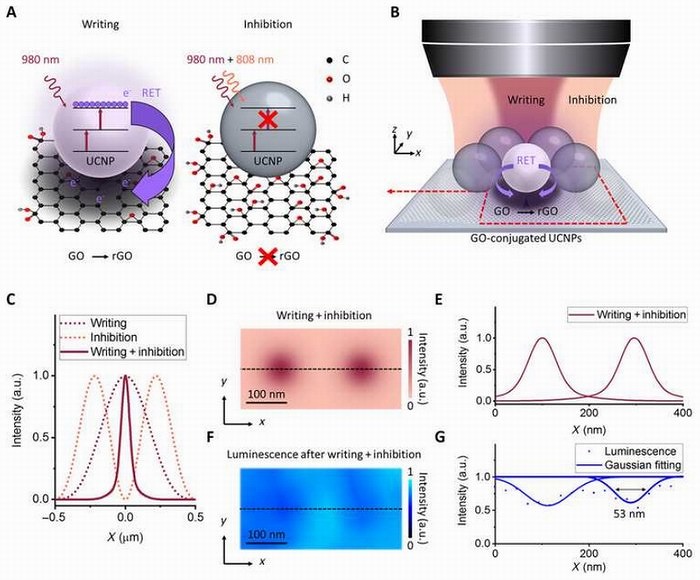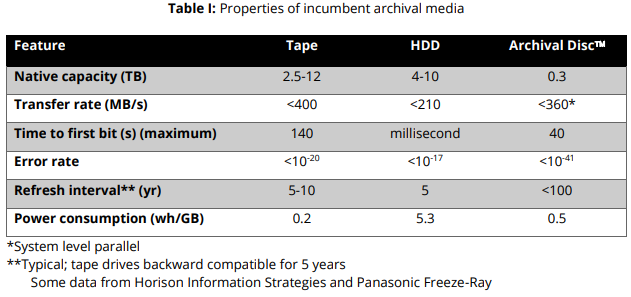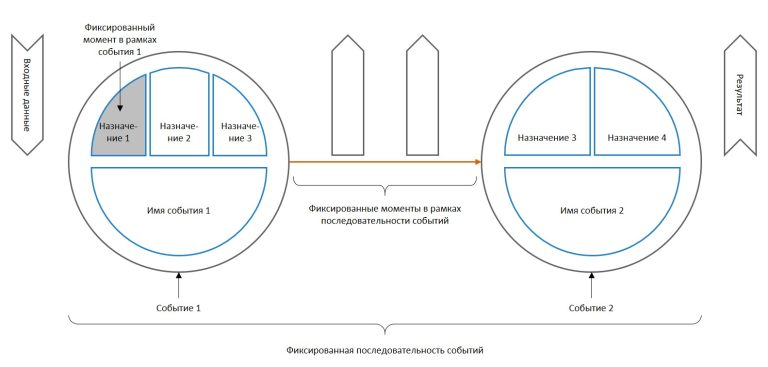The Chinese presented a disc with a capacity of 200 TB. What kind of technology is this?

The vast majority of modern laptops do not have laser disk drives. They are not installed on desktop PCs, with some exceptions. However, the format itself has not died, but continues to develop. For example, the Chinese presented a modern version of a laser disc with a capacity of 200 TB. Details about this media are below the cut.
What kind of disk is this?
It was developed by a group of scientists and the University of Shanghai for Science and Technology, China. For quite a long time they were looking for a way to increase the capacity of a laser disk, and it seems that they found it. Of course, this kind of storage media can be used only in a limited number of industries, but they clearly will not be useless.

It is worth remembering that the capacity of a single-layer DVD is about 4.5 GB. If we talk about Blu-Ray, the most capacious versions, these are four-layer discs, can store about 128 GB of data. Well, the Chinese development allows you to fit 200 TB at once. Very good, but, unfortunately, this medium is not for everyone.
Who can use it?
First of all, the drives were developed for corporate users. Such drives are convenient to use for storing archival data, as well as for use in cold storage. True, the developers say that they may also create a version for ordinary users.
But the problem is that the disk exists, but plans for its commercial use have not yet been presented. That is, it is unknown when exactly this development will appear in the public domain and how much it will cost. Moreover, the most important element of the technology, the write drive, is not yet ready for mass production. It exists and works in the laboratory, but its dimensions are somewhat larger than what can be imagined as a device for personal or corporate use.
Yes, and it’s still an expensive pleasure. True, the developers themselves do not say how much their technology costs, but they claim that it is necessary to reduce production costs many times before launching the development for commercial use.
It is worth noting that the thickness of the disk itself does not exceed conventional laser media, and the diameter is approximately the same. The scientists who created the technology say that in some respects the technology is closer to DVD than Blue-Ray.
To increase the recording density, the researchers managed to place one hundred recording layers on each side of the disc (for comparison, Blu-Ray has only four). This was made possible by a combination of highly transparent photoresist film and a femtosecond laser. In addition, the film is doped with a special emissive dye. under the influence of a laser it freezes, forming “tracks” with recorded information.
According to team representatives, the disc will also be durable – it can be read 50-100 years after recording. And due to the size, which is identical to regular DVDs, the discs will fit anywhere and everywhere.
Development for development’s sake?
The point is that this is not the only such project. For example, in 2021, almost similar technology was developed, but with a capacity of as much as 700 TB. Scientists, with the support of colleagues from the National University of Singapore, were able to accommodate a normal data volume of 700 TB on a disk. The disc diameter is 120 mm, which is the current standard for almost any optical disc, including CD, DVD and Blu-ray.
The developers called their technology “subdiffraction optical recording technology.” One of its advantages, in addition to the ability to record huge amounts of information, is the use of inexpensive continuous lasers. There are no particular obstacles to the mass production of drives that support the new technology.

The main secret here is in the material that is being recorded. This is not thin metal foil, but a composite. Scientists do not reveal all the secrets because they plan to commercialize the technology. But it is known that this is a nanocomposite based on special particles with the addition of lanthanide with “flakes” of graphene oxide.
Another feature is those same continuous lasers. In all other cases, pulsed lasers are used.
The technology developed by scientists can be used in the mass production of optical media. True, the authors of the development have not yet talked about at least an approximate price order, or how much money and other resources are needed to start production.
Another development that appeared in 2022 is DFD technology. This is also in fact an optical multilayer disc. The new format is called Active, which is important – the discs are rewritable, so they can be used many times. The company claims a capacity of 1 TB, plus it has also produced specialized cartridges that work simultaneously with 10 disks.

The expected read speed is about 365 MB/s; nothing is known about the write speed yet. The technology is currently in an experimental stage, so new discs will not go on sale in the next few months. But there seems to be progress in the development of this project – pilot production is scheduled for 2024 (and no news has been heard yet). The cost of one disk, according to company representatives, will be only $5, which is much cheaper than all other drives. True, of course, one would also like to know the price of the disk drives themselves – the cartridges. If they cost like a downed Boeing, then there is no point in such technology.
In general, such news appears regularly, but so far nothing has been heard about the commercial launch of at least one of them. Or are these too niche projects that are already in progress, but we don’t know about them? If this is the case and you, for example, have encountered them, write in the comments.
Other interesting materials






